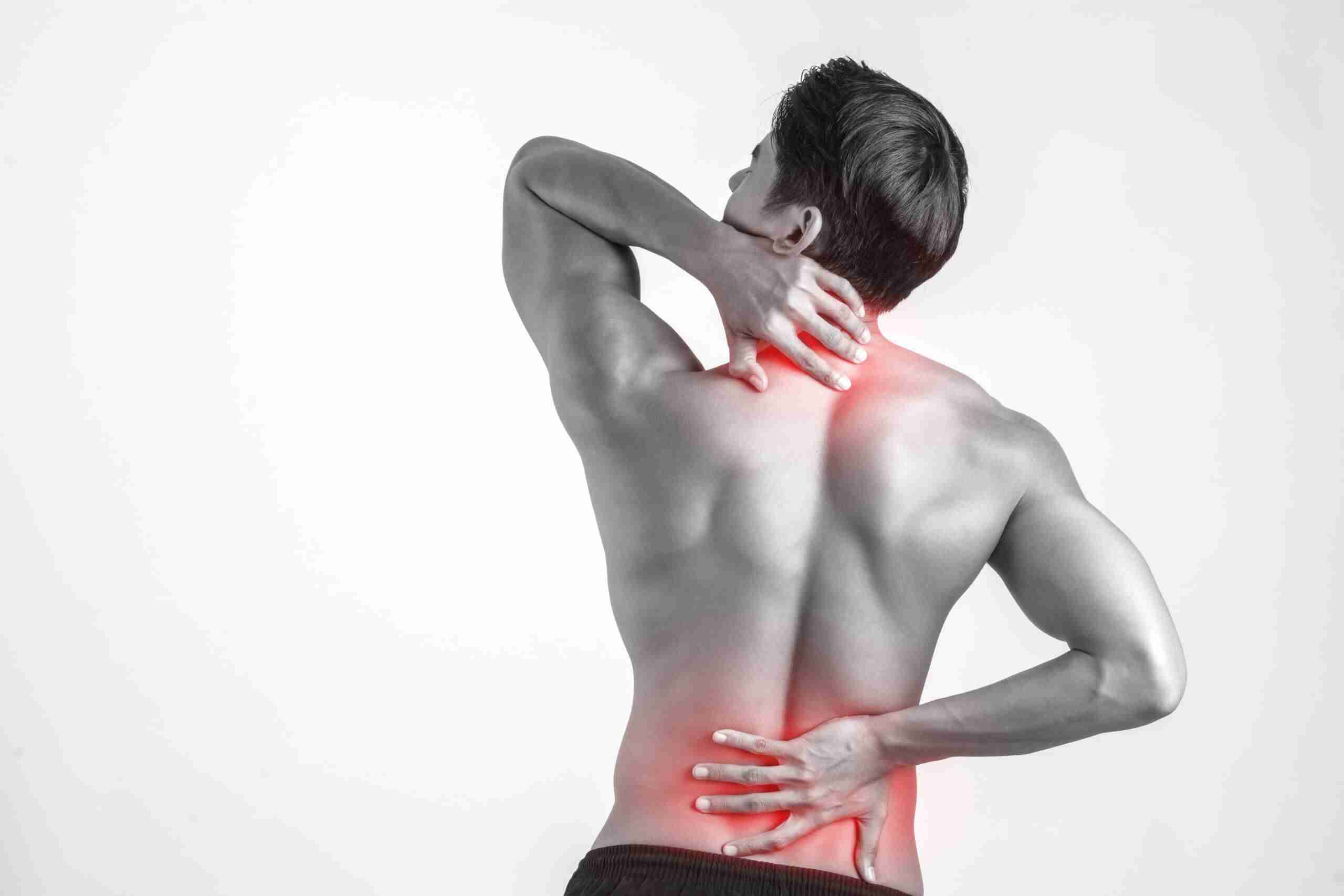What is Cervical Radiculopathy?
Cervical radiculopathy, generally known as a “pinched nerve,” develops when a neck nerve becomes inflamed or squeezed as it diverges from the spinal cord. Cervical radiculopathy could result in numbness, weakened muscles, and pain that spreads into the arm and shoulder.
As we age, the spine experiences “wear and tear” alterations like arthritis that frequently lead to cervical radiculopathy. The most frequent cause of it in younger people is a sudden accident that results in a herniated disk. However, in other circumstances, the beginning of symptoms is not accompanied by a traumatic incident.
The cervical spine has eight pairs of cervical nerve roots, designated C1 through C8. These nerve roots originate from the spinal cord and pass through an intervertebral foramen on either side of the spinal canal.
Issues it may create
Damage can develop from injuries that pressure the nerve roots, such as arthritis, degenerative changes in the bones, or debris from a ruptured disc, with proper treatment. You can counter cervical radiculopathy.
The following are typical causes of cervical radiculopathy:
Regular degenerative changes in the discs of middle-aged people can put a strain on the nerve roots. For instance, cervical foraminal stenosis develops when these alterations make your vertebrae’s apertures smaller, which makes them compress your nerve roots.
Disks frequently herniate when you move, such as when you bend, raise, twist, or pull. The debris from the herniated disk compresses or injures the nerve root, producing discomfort. A ruptured disc, possibly due to trauma, frequently results in cervical radiculopathy in younger people.
Treatment of Cervical Radiculopathy
First, your doctor may ask you to describe your symptoms and review your medical history to diagnose cervical radiculopathy. Also included is a physical examination.
Doctors will examine your neck, shoulders, arms, and hands for muscle weakness and issues with feeling or reflexes. Your doctor will also ask you to move your arms or neck to determine whether specific motions aggravate or alleviate pain or other symptoms.
The doctor may perform the following tests to check for cervical radiculopathy:
- X-rays help to check for narrowing of the vertebral apertures or disk deterioration.
- CT and MRI scans provide more detailed images of the cervical spine.
- Using electromyography, you may observe how your muscles contract and relax.
Treatments for Cervical Radiculopathy
Cervical radiculopathy symptoms may, in some cases, improve over time without medical attention. Your doctor will start with nonsurgical options if you do need treatment. Commo0nly used non-surgical cervical radiculopathy treatments include medications, physical therapy, or a combination of these.
What happens if cervical radiculopathy is left untreated?
If left undiagnosed, cervical radiculopathy can cause severe neck pain that extends to the chest, arms, upper back, and shoulders. The weakness in the limbs can slow reflexes, thereby inducing severe incoordination. Pinched nerves may lead to peripheral neuropathy.
Get in touch with us today so we can help relieve your cervical radiculopathy pain!

